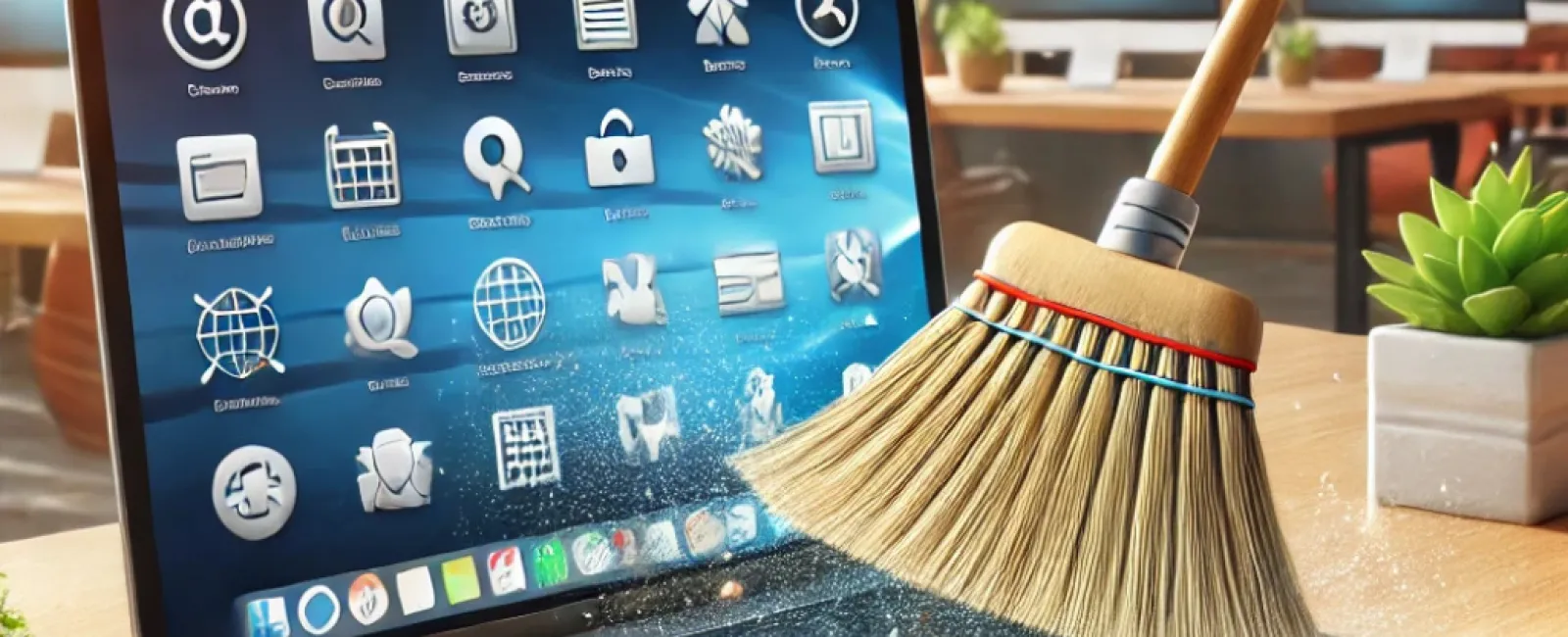March 03, 2025
Spring has arrived, signaling the perfect opportunity for a thorough clean-up. While you're busy decluttering your office and organizing your files, remember that your IT systems also need a refresh. A spring-clean for your business technology can reveal inefficiencies, enhance security, and improve overall performance, allowing you to operate more effectively, minimize costly downtime, and concentrate on growing your business without tech-related distractions.
Where should you begin? While the standard advice to "delete old files and update your software" is essential, we want to share some additional practical strategies to optimize your business systems.
1. Conduct A Comprehensive IT Audit
Spring is an ideal time to evaluate your entire IT environment, including hardware, software, and user access. Look for outdated hardware, underused software licenses that you're still paying for, and redundant systems that duplicate functions or no longer fit your workflows. Collaborate with your IT provider to pinpoint and prioritize areas for improvement, ensuring your budget is directed toward significant upgrades. Keep in mind that Windows 10 will lose support after October 2025, so if you're using this software, now is the time to plan for its replacement.
2. Clean Up Your Active Directory
The Active Directory, or its equivalent if you're not using Microsoft, is crucial for your network's security and efficiency, yet it often gets overlooked. Remove inactive user accounts, verify that users have appropriate access permissions, and document all changes to avoid future confusion. A tidy directory is not just about organization; it's a vital layer of protection against breaches that should be prioritized by every organization.
3. Optimize Your Network For Hybrid Work
With hybrid and remote work becoming the norm, your network may need adjustments to support seamless collaboration and connectivity. Upgrade your VPN to ensure it is secure and scalable, review bandwidth usage to identify bottlenecks or underused resources, and enable secure file-sharing using encrypted tools to mitigate risks. Additionally, evaluate your partnerships with third-party vendors, ensuring they prioritize security as much as you do to protect your data.
4. Test Your Backups With A Full Restore
Backing up your data is crucial, but how often do you test those backups? Many businesses find out too late that their backups are corrupt, incomplete, or unrestorable. Conduct a full restore to confirm that your backup system functions correctly and document the time it takes to restore critical systems, assessing if improvements are necessary. A backup is only valuable if it works when disaster strikes, and unexpected events can occur at any time.
5. Reassess Your Cybersecurity Playbook
As hackers continuously evolve their tactics, your cybersecurity strategy should adapt as well. Review your endpoint protection to ensure all devices, including personal devices used remotely, are secure. Update your incident response plan, training your team on the latest threats and maintaining an updated contact list for quicker response times. Consider investing in advanced monitoring tools like AI-driven systems that can detect and neutralize threats before they inflict damage. Remember, cybersecurity is not a one-time task; it's an ongoing process that requires staying current with best practices.
A Clean IT System Is A Productive IT System
Spring-cleaning your IT systems goes beyond mere organization; it's about ensuring your business operates efficiently and securely throughout the year. By implementing these steps, you'll minimize downtime, enhance productivity, and stay ahead of emerging cyber threats.
Want to go further? Start with a FREE
15-Minute Discovery Call. Our experts will evaluate your systems, identify
vulnerabilities and recommend optimizations tailored to your business.
Click here or give us a call at 678-940-8992 to schedule your FREE
15-Minute Discovery Call today!




